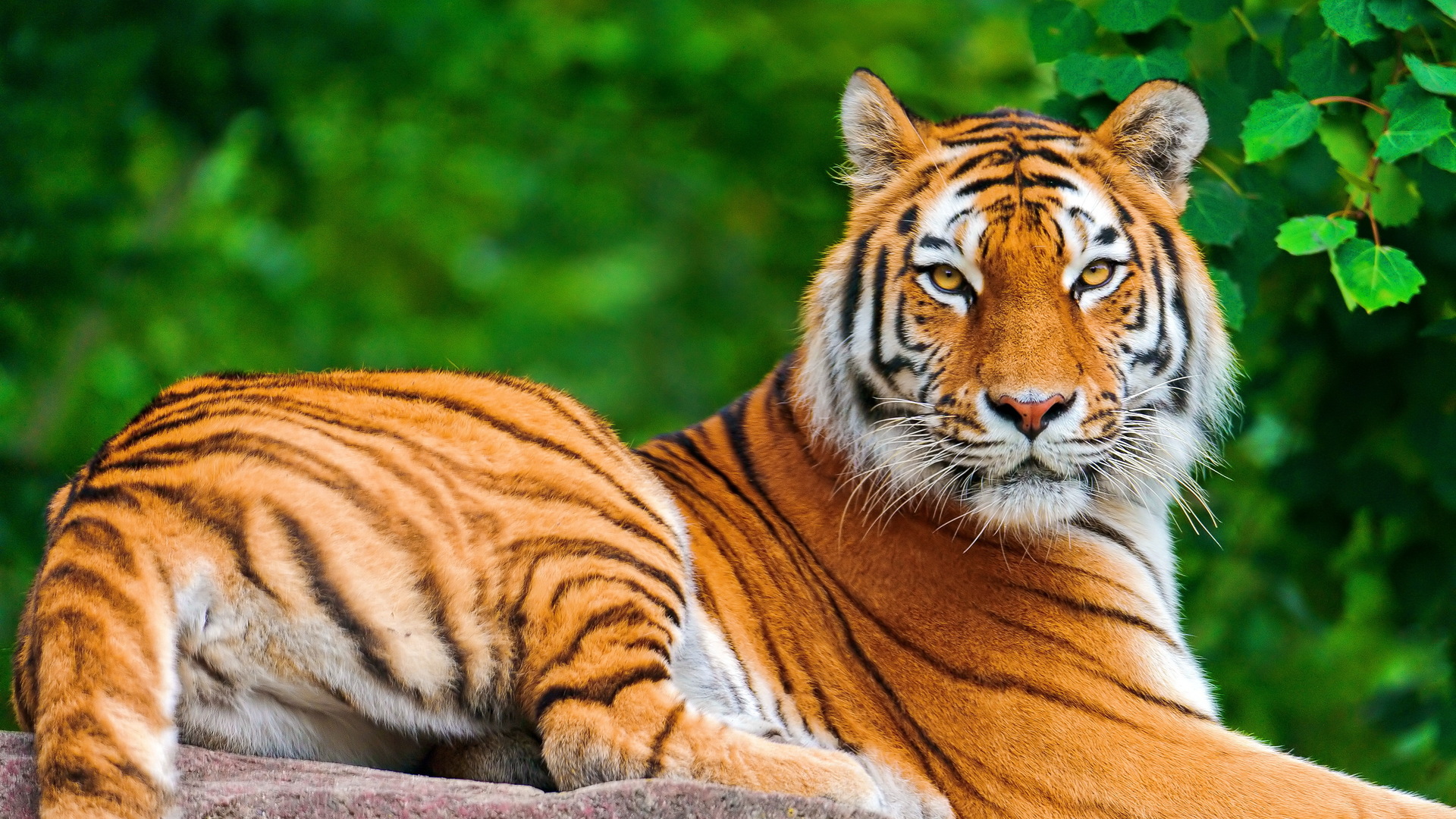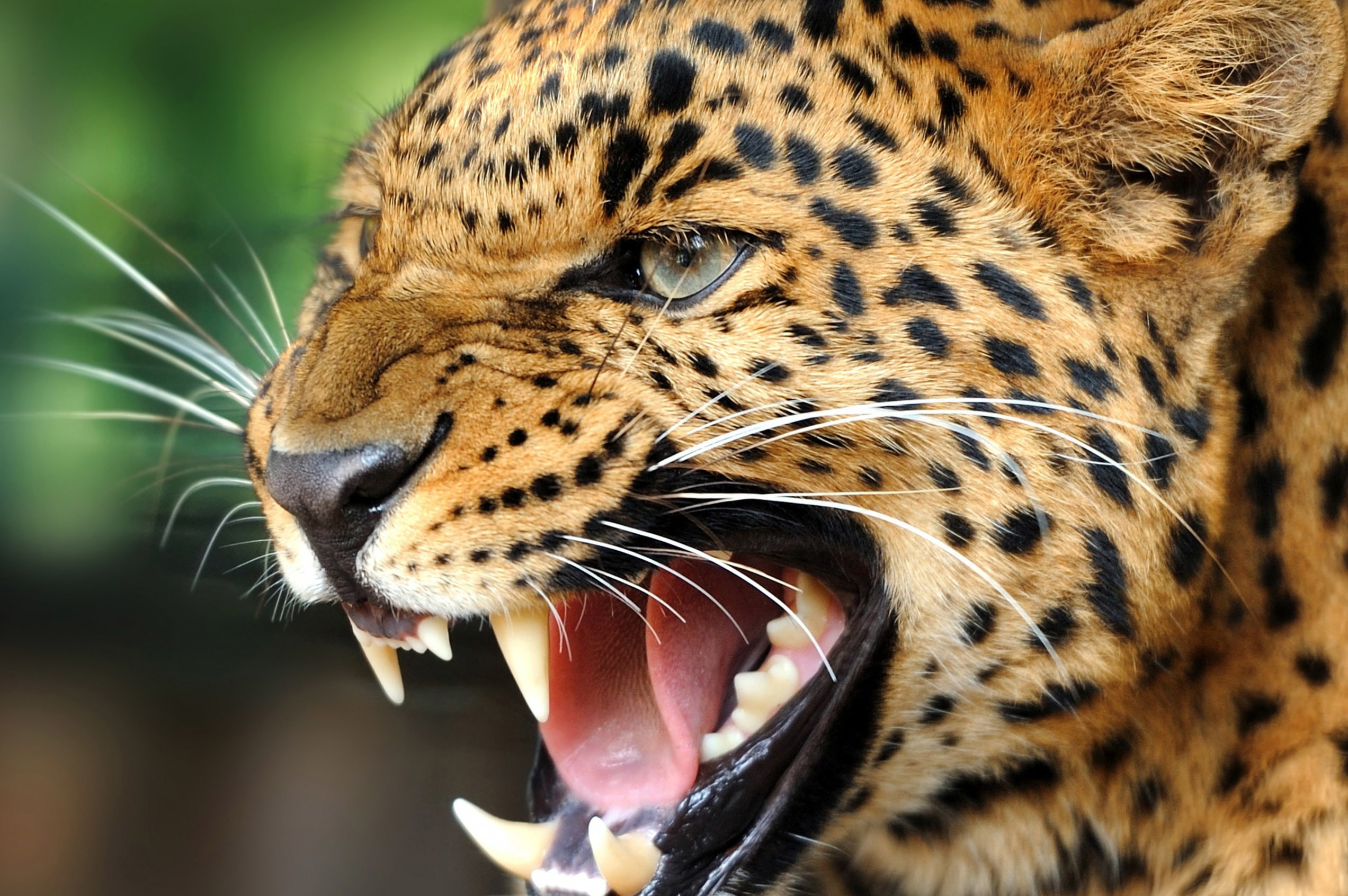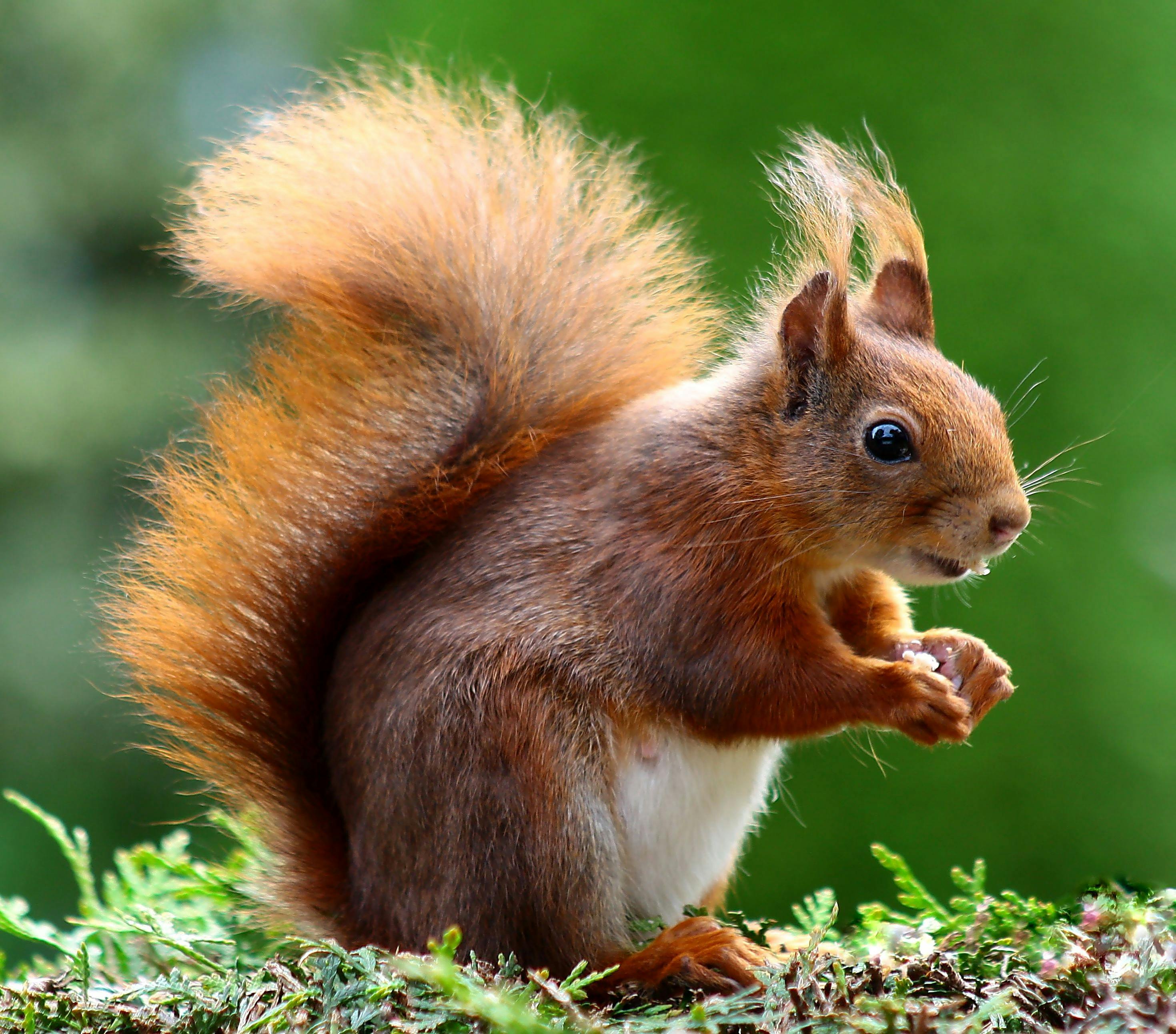Have you ever wondered about the natural rhythms that guide the animal kingdom, especially when it comes to creating new life? It's a truly fascinating area, and for many, the world of horses holds a special charm. You know, these magnificent creatures, which sort of dominate human conceptions of life on earth because of their size and their grace, they have very specific times when they are ready to bring new foals into the world.
When we talk about the animal mating season for horses, we are looking at something deeply rooted in nature. It's not just a random event, but a carefully timed process that helps ensure the survival and well-being of the next generation. This period is really important for anyone who cares for horses, or even just loves learning about them, as it influences their behavior and how they interact with each other. You see, understanding these patterns gives us a better appreciation for their lives.
So, we're going to explore what makes the horse breeding cycle tick. We'll look at the key moments, the behaviors you might spot, and what it all means for these amazing animals. We'll also touch on what makes their breeding patterns unique, drawing from what we know about animal life, including their physical characteristics and behaviors. It's a topic that really helps us connect with the wilder side of our equine friends.
- Filmy Fly 2025
- Ullu Web Series Online Watch
- Downloadhub Home
- Tamilblasters New Website
- Wasmo Somali Channel
Table of Contents
- The Natural Rhythm of Horse Breeding
- Understanding the Mare's Cycle
- The Stallion's Role and Behavior
- The Art of Equine Pairing
- Frequently Asked Questions About Horse Mating Season
- Bringing It All Together
The Natural Rhythm of Horse Breeding
Horses, like many creatures, have a specific time of year when they are most likely to reproduce. This period, known as the animal mating season for horses, is a really important part of their life cycle. It's not just about two horses getting together; it's a complex dance influenced by nature itself. For many animals, you know, their breeding patterns are closely tied to their environment, forming intricate food webs and ensuring offspring have the best chance.
Animals, from relatively simple organisms to those with complex ecologies, all have ways they interact with their surroundings. For horses, this means their bodies are actually quite sensitive to changes in the world around them. This sensitivity helps them know when the time is right. It's a pretty amazing example of how animal behaviors and adaptations work together.
When Does It Happen? The Equine Breeding Calendar
Typically, the animal mating season for horses starts in the spring and goes through the summer months. So, in the northern parts of the world, this often means from about April to September. In the southern parts, it's the opposite, you know, from October to March. This timing is not random; it's very much tied to the availability of food and the weather conditions that are best for a new foal to arrive. A mare carries her foal for about 11 months, so breeding in spring means the foal will be born the following spring, when the grass is rich and the weather is mild.
This natural calendar helps ensure that when a foal is born, the conditions are just right for its survival. There's plenty of fresh, green grass for the mare to eat, which means she can produce lots of good milk. Also, the warmer weather means the little one won't have to deal with harsh cold right after birth. It's a very clever system, actually, that nature has put in place.
Light and Life: How Daylight Shapes the Cycle
The main thing that triggers the horse mating season is the amount of daylight each day. As the days get longer in spring, a mare's body starts to get ready for reproduction. This is because horses are what we call "long-day breeders." Their internal systems respond to the increasing hours of sunlight. It's a bit like how some plants know when to bloom based on the sun.
This light signal affects the mare's hormones, which then kickstart her reproductive cycle. It's a really important cue from the environment. Farmers and breeders sometimes use artificial light to trick mares into starting their cycles earlier in the year, you know, if they want an earlier foal. This shows just how powerful light is for these animals.
Understanding the Mare's Cycle
To really get a grip on the animal mating season for horses, you have to know about the mare's cycle. A mare, which is a female horse, goes through what's called an estrous cycle. This is when her body gets ready to be bred. It's a recurring event during the breeding season, and it's something that, you know, every horse owner or enthusiast should understand.
Each of our animal facts pages covers a range of topics about that animal, including their breeding patterns. For mares, this includes understanding their unique personality traits and behaviors during this time. They can behave quite differently when they are "in heat" or "in season."
Signs a Mare is Ready for Breeding
When a mare is in heat, she will show several clear signs that she's ready to accept a stallion. These signs can be subtle at first, but they become more obvious. For example, she might become more affectionate with people, or she might seem a bit restless. You know, she'll probably be looking for a stallion.
- Winking: This is when she repeatedly opens and closes her vulva, which is a very clear sign. It's almost like a flashing signal.
- Tail flagging: She might lift her tail and move it to the side, showing her readiness. This is a pretty common behavior.
- Urination: She might urinate more often than usual, sometimes in small amounts, and often while standing with her legs spread a little. This is a way of releasing scents.
- Squatting: Some mares will squat, almost as if they are going to urinate, but they might not actually do so. It's a posture that indicates readiness.
- Vocalizations: She might whinny or nicker more often, trying to attract a male horse. It's her way of calling out.
- Acceptance of a stallion: The most telling sign is her willingness to stand quietly and allow a stallion to approach her. This is the ultimate signal.
These behaviors are her way of communicating to any nearby male horses that she's receptive. It's all part of the natural process of finding a mate. It's quite interesting to observe, really, how clear these signals are.
The Stages of a Mare's Heat
A mare's estrous cycle usually lasts about 21 to 22 days, but the period when she is actually receptive to a stallion, which is called estrus or "heat," is much shorter. This receptive period typically lasts about 5 to 7 days. During this time, one of her ovaries will release an egg, which is called ovulation. This is the key moment for conception.
After she ovulates, the mare's body prepares for a possible pregnancy. If she doesn't become pregnant, her body will then reset, and she'll come back into heat about 14 to 15 days later. This cycle continues throughout the animal mating season for horses until she either gets pregnant or the days get too short. It's a continuous loop, so to speak, during the warmer months.
The Stallion's Role and Behavior
While the mare's cycle dictates when breeding can happen, the stallion, which is a male horse, also has a very active role during the animal mating season for horses. Stallions are typically ready to breed year-round, but their drive and fertility can be higher during the natural breeding season due to the same environmental cues, like longer daylight hours. They have a very strong instinct to reproduce.
Figuratively, animals like stallions sometimes connote qualities and characteristics below the human level, referring to their raw, powerful instincts. This is especially true when they are focused on breeding. Their behaviors can be quite intense, you know, driven by a deep biological urge.
What to Expect from a Stallion in Season
During the breeding season, a stallion's behavior can change quite a bit. He might become more vocal, whinnying loudly to mares or other stallions. He might also become more restless and energetic, perhaps pacing or pawing the ground. His senses become highly attuned to the presence of mares.
- Increased vocalizations: Loud whinnies and snorts are common as he tries to attract mares and assert his presence.
- Pawing and pacing: He might show signs of excitement by pawing the ground or walking back and forth.
- Flehmen response: This is a classic behavior where he lifts his head, curls his upper lip, and breathes in deeply. He's trying to get a better scent of the mare's pheromones. It's a really distinctive look.
- Aggression towards other males: Stallions can become very territorial and aggressive towards other male horses, seeing them as rivals. This is a natural part of their drive to mate.
- Intense focus on mares: His attention will be almost entirely on mares, especially those in heat. He will try very hard to get close to them.
These behaviors are all part of his natural drive to find a mare and reproduce. It's a powerful instinct that guides his actions during this time. You can really see how his whole demeanor shifts, so it's quite noticeable.
Managing Stallion Behavior
Because stallions can be so driven and, you know, sometimes a bit unpredictable during the animal mating season for horses, managing them carefully is very important. They need secure enclosures and often require experienced handlers. Their strength and size mean that safety is always a top concern.
It's also important to remember that these behaviors are natural. They are not being "bad"; they are simply following their instincts. Understanding this helps in managing them with patience and firm, consistent handling. You know, it's about respecting their nature while keeping everyone safe.
The Art of Equine Pairing
When it comes to the animal mating season for horses, there are different ways that breeding happens. Some horses breed naturally in herds, while others are part of planned breeding programs. The goal, of course, is to produce healthy foals, and there's a bit of an art to it, you know, making sure the right horses are paired.
Discover expert pet care advice, breed guides, health tips, and fun animal facts designed for pet owners, students, and animal enthusiasts alike. This includes guidance on how to approach breeding responsibly.
Natural Breeding Versus Assisted Methods
In a natural setting, a stallion and a mare would simply interact, and if the mare is in heat, breeding would occur. This is how wild horses have reproduced for centuries. It's a very straightforward process, you know, guided by instinct.
However, in modern horse breeding, especially for specific breeds or performance horses, assisted methods are very common. These include:
- Live cover: This is where the mare and stallion are brought together for natural mating, but it's done in a controlled environment, often with handlers present for safety. This is still a very popular method.
- Artificial Insemination (AI): This method involves collecting semen from the stallion and then placing it into the mare's uterus. AI has many advantages, such as allowing semen to be shipped over long distances, reducing the risk of injury to the horses, and allowing one stallion to breed many mares. It's a pretty big game-changer for horse breeding.
- Embryo Transfer (ET): In this advanced technique, an embryo is collected from a donor mare and then transferred to a recipient mare, who carries the pregnancy to term. This allows a valuable mare to produce multiple foals in one breeding season without carrying all the pregnancies herself. It's quite a sophisticated process, really.
These methods allow breeders to manage genetics more precisely and to protect valuable animals. It's all about making sure the best possible offspring are produced, you know, in a safe and efficient way.
Important Considerations for Successful Breeding
Successful breeding during the animal mating season for horses involves more than just bringing a mare and stallion together. There are many factors to think about to ensure a healthy pregnancy and foal. For instance, the health of both the mare and stallion is very important. They need to be in good physical shape, and free from any illnesses.
Nutrition also plays a big role. A mare needs proper food before, during, and after pregnancy to support her own health and the development of the foal. Also, timing is very important, especially with AI, to make sure the mare is inseminated at exactly the right moment when she's most fertile. This usually involves checking her frequently. It's a very detailed process, so to speak.
Veterinary care is essential throughout the entire process, from checking the mare's reproductive health before breeding to monitoring her pregnancy and assisting with the birth. This level of care helps ensure the best possible outcome for both the mare and her future foal. You know, it's a team effort.
Frequently Asked Questions About Horse Mating Season
Here are some common questions people have about the animal mating season for horses:
When is horse breeding season?
Typically, the horse breeding season, you know, the time when mares are most fertile, runs from about April to September in the Northern Hemisphere. This is because horses are long-day breeders, meaning their reproductive cycles are triggered by increasing daylight hours. So, the longer days of spring and summer really get things going. It's nature's way of making sure foals are born when the weather is mild and there's plenty of food, which is usually the following spring.
How often do mares go into heat?
During the breeding season, a mare's estrous cycle, which is when she's ready to breed, usually lasts about 21 to 22 days. Within that cycle, the actual period she is "in heat" or receptive to a stallion, you know, when she'll allow breeding, typically lasts for about 5 to 7 days. If she doesn't become pregnant, she'll usually come back into heat about 14 to 15 days after the end of her last heat. This cycle repeats throughout the breeding season until she conceives or the days get shorter.
What are the signs a mare is ready to breed?
A mare ready to breed will show several noticeable signs. These include "winking," which is the repeated opening and closing of her vulva, and lifting her tail to the side. She might also urinate more frequently, often in small amounts, and sometimes squat as if to urinate. Mares in heat can also become more vocal, making whinnying or nickering sounds, and they might seem more affectionate or restless. The most telling sign, you know, is her willingness to accept a stallion's approach and stand quietly for him. These behaviors are her way of signaling her readiness.
Bringing It All Together
Understanding the animal mating season for horses gives us a really deep appreciation for these creatures. It's a time of intense natural activity, guided by the rhythms of the sun and the powerful instincts of both mares and stallions. From the subtle signs a mare gives to the more overt behaviors of a stallion, every part of this process is about the continuation of life. You know, it's a testament to the incredible design of the animal kingdom.
We've explored how daylight plays a crucial role, how mares cycle, and what to expect from stallions during this period. We've also touched on the different ways horses are bred today, combining natural processes with modern techniques. It's a complex, yet beautiful, part of horse ownership and appreciation. For more detailed information on horse behavior and care, you can learn more about horse care on our site, and also check out this page for equine health tips. For a broader view of animal reproduction, you might find information on animal breeding patterns from trusted sources like the National Geographic website helpful.
Ultimately, observing and respecting these natural cycles helps us connect more deeply with horses. It's about understanding their world, and helping them thrive. So, the next time you see a horse, you might just think a little differently about the amazing natural processes that guide their lives. It's truly a fascinating subject, you know, how life finds a way.
Related Resources:



Detail Author:
- Name : Dawson Nitzsche
- Username : deanna.robel
- Email : hayes.harold@klein.com
- Birthdate : 1996-12-23
- Address : 5608 Ebert Circles North Savanna, NY 65976-1783
- Phone : 321.979.5563
- Company : Kessler, Kuphal and Sporer
- Job : Central Office and PBX Installers
- Bio : Possimus et ipsum eveniet ipsum officiis quos. Dolores est necessitatibus quisquam dolorem. Ullam debitis aliquam explicabo repellat libero facilis voluptatem. Sunt rerum aspernatur itaque.
Socials
twitter:
- url : https://twitter.com/astroman
- username : astroman
- bio : Rerum nostrum est eos alias voluptates autem explicabo. Soluta ut tenetur optio aut laudantium. Enim vel sit id inventore molestiae aut labore.
- followers : 6200
- following : 2545
linkedin:
- url : https://linkedin.com/in/ada4524
- username : ada4524
- bio : Aliquid optio repellendus eos aliquam laudantium.
- followers : 6767
- following : 2788
tiktok:
- url : https://tiktok.com/@stromana
- username : stromana
- bio : Quos molestias molestias quis laboriosam.
- followers : 3555
- following : 2234
instagram:
- url : https://instagram.com/ada.stroman
- username : ada.stroman
- bio : Ipsum dolorem porro error enim. Illum dolor omnis optio ipsam. Assumenda dignissimos ut ducimus.
- followers : 6519
- following : 1445
facebook:
- url : https://facebook.com/adastroman
- username : adastroman
- bio : Omnis enim itaque optio omnis ut ea voluptas quisquam.
- followers : 5105
- following : 410